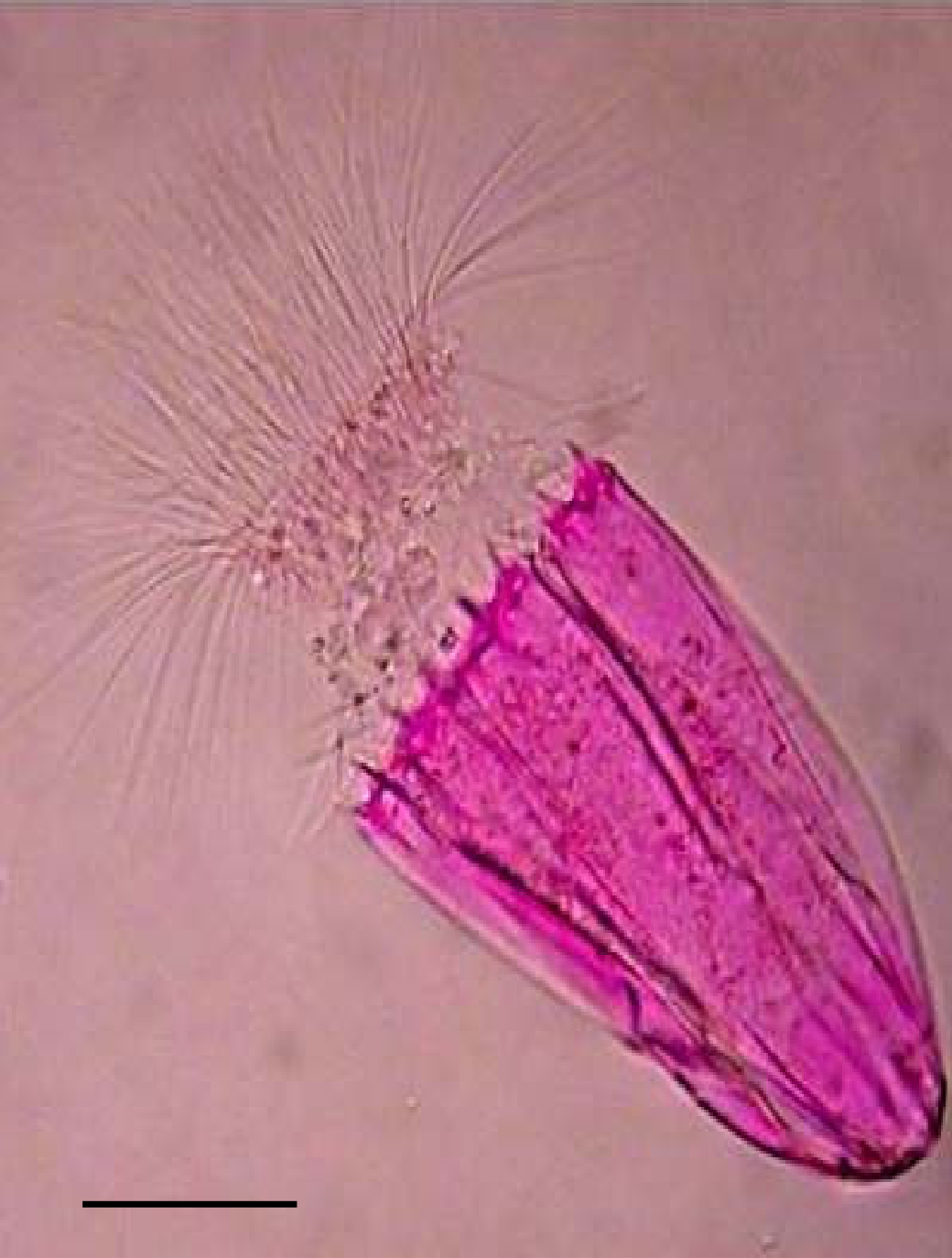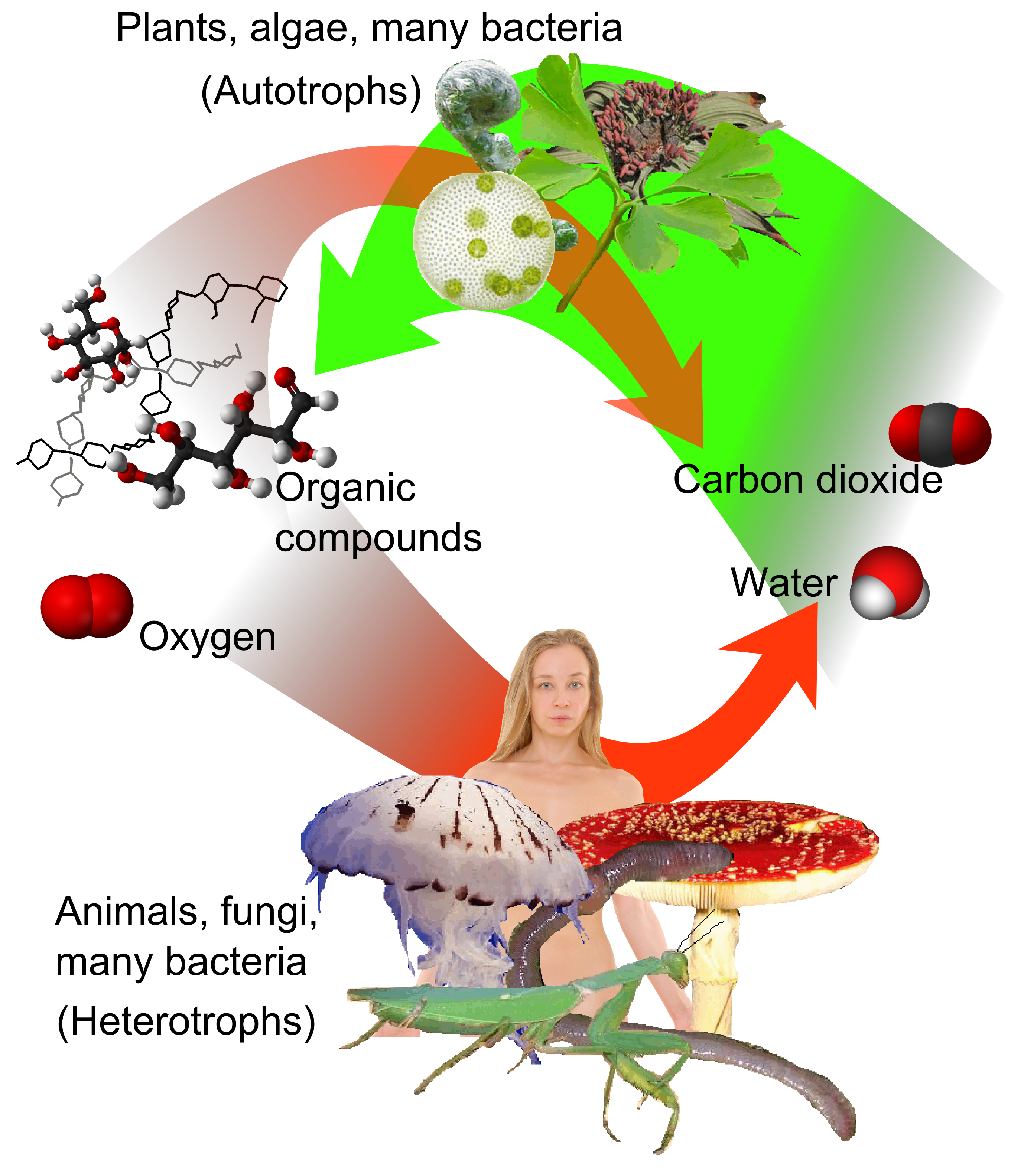|
Anaeromicrobium
''Anaeromicrobium'' is an anaerobic, mesophilic and heterotrophic bacterial genus from the family of Clostridiaceae, with one known species ( Anaeromicrobium sediminis). ''Anaeromicrobium sediminis'' has been isolated from deep-sea sediments from the West Pacific Ocean The Pacific Ocean is the largest and deepest of Earth's five oceanic divisions. It extends from the Arctic Ocean in the north to the Southern Ocean (or, depending on definition, to Antarctica) in the south, and is bounded by the contine .... References Clostridiaceae Monotypic bacteria genera Bacteria genera Taxa described in 2017 {{Firmicutes-stub ... [...More Info...] [...Related Items...] OR: [Wikipedia] [Google] [Baidu] |
Clostridiaceae
The Clostridiaceae are a family of the bacterial class Clostridia, and contain the genus '' Clostridium''. The family Clostridiaceae (scientific name) defined by the taxonomic outline of '' Bergey's Manual of Systematic Bacteriology '' contains as its core the genus '' Clostridium'' (''sensu stricto''), as well as '' Acetivibrio'', '' Acidaminobacter'', ''Alkaliphilus'', ''Anaerobacter'', '' Caloramator'', '' Caloranaerobacter'', '' Coprobacillus'', ''Dorea'', '' Natronincola'', '' Oxobacter'', '' Sarcina'', '' Sporobacter'', '' Thermobrachium'', '' Thermohalobacter'', and '' Tindallia''. The previous inclusion of these additional genera (as seen on the right) in a family Clostridiaceae is based for the most part because the type species of these genera are in many cases phylogenetically related to misclassified species of the genus ''Clostridium''. However, with the exception of ''Anaerobacter'', ''Caloramator'', ''Oxobacter'', ''Sarcina'', and ''Thermobrachium'', these genera f ... [...More Info...] [...Related Items...] OR: [Wikipedia] [Google] [Baidu] |
Bacteria Genera
This article lists the genera of the bacteria. The currently accepted taxonomy is based on the List of Prokaryotic names with Standing in Nomenclature (LPSN) and National Center for Biotechnology Information (NCBI). However many taxonomic names are taken from the GTDB release 07-RS207 (8th April 2022). Phyla {, border="0" style="width: 100%;" ! , - , style="border:0px" valign="top", {, class="wikitable sortable" style="width: 100%; font-size: 95%;" !Syperphylum !Phylum !Authority !Synonyms , - , Parakaryota , , , Myojin parakaryote , - , , " Canglongiota" , Zhang et al. 2022 , , - , , " Fervidibacteria" , , OctSpa1-106 , - , , " Heilongiota" , Zhang et al. 2022 , , - , , " Qinglongiota" , Zhang et al. 2022 , , - , , " Salinosulfoleibacteria" , Tazi et al. 2006 , , - , , " Teskebacteria" , Dojka 1998 , WS1 , - , , " Tharpellota" , Speth et al. 2022 , , - , Terrabacteria , Chloroflexota , Whitman et al. 2018 , " Thermomicrobiota" , - , Terrabacteria , " Dormibacte ... [...More Info...] [...Related Items...] OR: [Wikipedia] [Google] [Baidu] |
Bacteria
Bacteria (; singular: bacterium) are ubiquitous, mostly free-living organisms often consisting of one biological cell. They constitute a large domain of prokaryotic microorganisms. Typically a few micrometres in length, bacteria were among the first life forms to appear on Earth, and are present in most of its habitats. Bacteria inhabit soil, water, acidic hot springs, radioactive waste, and the deep biosphere of Earth's crust. Bacteria are vital in many stages of the nutrient cycle by recycling nutrients such as the fixation of nitrogen from the atmosphere. The nutrient cycle includes the decomposition of dead bodies; bacteria are responsible for the putrefaction stage in this process. In the biological communities surrounding hydrothermal vents and cold seeps, extremophile bacteria provide the nutrients needed to sustain life by converting dissolved compounds, such as hydrogen sulphide and methane, to energy. Bacteria also live in symbiotic and parasitic re ... [...More Info...] [...Related Items...] OR: [Wikipedia] [Google] [Baidu] |
Bacillota
The Bacillota (synonym Firmicutes) are a phylum of bacteria, most of which have gram-positive cell wall structure. The renaming of phyla such as Firmicutes in 2021 remains controversial among microbiologists, many of whom continue to use the earlier names of long standing in the literature. The name "Firmicutes" was derived from the Latin words for "tough skin," referring to the thick cell wall typical of bacteria in this phylum. Scientists once classified the Firmicutes to include all gram-positive bacteria, but have recently defined them to be of a core group of related forms called the low- G+C group, in contrast to the Actinomycetota. They have round cells, called cocci (singular coccus), or rod-like forms (bacillus). A few Firmicutes, such as '' Megasphaera'', '' Pectinatus'', '' Selenomonas'' and '' Zymophilus'', have a porous pseudo-outer membrane that causes them to stain gram-negative. Many Bacillota (Firmicutes) produce endospores, which are resistant to desiccatio ... [...More Info...] [...Related Items...] OR: [Wikipedia] [Google] [Baidu] |
Clostridia
The Clostridia are a highly polyphyletic class of Bacillota, including '' Clostridium'' and other similar genera. They are distinguished from the Bacilli by lacking aerobic respiration. They are obligate anaerobes and oxygen is toxic to them. Species of the class ''Clostridia'' are often but not always Gram-positive (see '' Halanaerobium'') and have the ability to form spores. Studies show they are not a monophyletic group, and their relationships are not entirely certain. Currently, most are placed in a single order called Clostridiales, but this is not a natural group and is likely to be redefined in the future. Most species of the genus ''Clostridium'' are saprophytic organisms that ferment plant polysaccharides and are found in many places in the environment, most notably the soil. However, the genus does contain some human pathogens (outlined below). The toxins produced by certain members of the genus ''Clostridium'' are among the most dangerous known. Examples are tetan ... [...More Info...] [...Related Items...] OR: [Wikipedia] [Google] [Baidu] |
Clostridiales
The Eubacteriales are an order of bacteria placed within the class Clostridia. Families Eubacteriales comprises the following families: * " Betainaceae" Jones et al. 2019 * " Bianqueaceae" Liu et al. 2021 * " Borkfalkiaceae" Hildebrand, Pallen & Bork 2020 * Caldicoprobacteraceae Yokoyama et al. 2010 * Christensenellaceae Morotomi, Nagai & Watanabe 2012 * Clostridiaceae Pribram 1933 * Defluviitaleaceae Jabari et al. 2012 * Eubacteriaceae Ludwig et al. 2010 * " Feifaniaceae" Liu et al. 2021 * " Galloscillospiraceae" Gilroy et al. 2021 * Gottschalkiaceae Poehlein et al. 2017c * Hungateiclostridiaceae Zhang et al. 2018b * Lachnospiraceae Rainey 2010 * " Mageeibacillaceae" Hildebrand, Pallen & Bork 2020 * " Mogibacteriaceae" Wylensek et al. 2020 * Oscillospiraceae Peshkoff 1940 * Peptoniphilaceae Johnson et al. 2014 * Peptostreptococcaceae Ezaki 2010 * Ruminococcaceae Rainey 2010 * " Pumilibacteraceae" Afrizal et al. 2021 * Thermohalobacteraceae Spring 2021 * Tissierellace ... [...More Info...] [...Related Items...] OR: [Wikipedia] [Google] [Baidu] |
Species
In biology, a species is the basic unit of Taxonomy (biology), classification and a taxonomic rank of an organism, as well as a unit of biodiversity. A species is often defined as the largest group of organisms in which any two individuals of the appropriate sexes or mating types can reproduction, produce Fertility, fertile offspring, typically by sexual reproduction. Other ways of defining species include their karyotype, DNA sequence, morphology (biology), morphology, behaviour or ecological niche. In addition, paleontologists use the concept of the chronospecies since fossil reproduction cannot be examined. The most recent rigorous estimate for the total number of species of eukaryotes is between 8 and 8.7 million. However, only about 14% of these had been described by 2011. All species (except viruses) are given a binomial nomenclature, two-part name, a "binomial". The first part of a binomial is the genus to which the species belongs. The second part is called the specifi ... [...More Info...] [...Related Items...] OR: [Wikipedia] [Google] [Baidu] |
Anaerobic Organism
An anaerobic organism or anaerobe is any organism that does not require molecular oxygen for growth. It may react negatively or even die if free oxygen is present. In contrast, an aerobic organism (aerobe) is an organism that requires an oxygenated environment. Anaerobes may be unicellular (e.g. protozoans, bacteria) or multicellular. Most fungi are obligate aerobes, requiring oxygen to survive. However, some species, such as the Chytridiomycota that reside in the rumen of cattle, are obligate anaerobes; for these species, anaerobic respiration is used because oxygen will disrupt their metabolism or kill them. Deep waters of the ocean are a common anoxic environment. First observation In his letter of 14 June 1680 to The Royal Society, Antonie van Leeuwenhoek described an experiment he carried out by filling two identical glass tubes about halfway with crushed pepper powder, to which some clean rain water was added. Van Leeuwenhoek sealed one of the glass tubes using a flam ... [...More Info...] [...Related Items...] OR: [Wikipedia] [Google] [Baidu] |
Mesophilic
A mesophile is an organism that grows best in moderate temperature, neither too hot nor too cold, with an optimum growth range from . The optimum growth temperature for these organisms is 37°C. The term is mainly applied to microorganisms. Organisms that prefer extreme environments are known as extremophiles. Mesophiles have diverse classifications, belonging to two domains: Bacteria, Archaea, and to kingdom Fungi of domain Eucarya. Mesophiles belonging to the domain Bacteria can either be gram-positive or gram-negative. Oxygen requirements for mesophiles can be aerobic or anaerobic. There are three basic shapes of mesophiles: coccus, bacillus, and spiral. Habitat The habitats of mesophiles can include cheese and yogurt. They are often included during fermentation of beer and wine making. Since normal human body temperature is 37 °C, the majority of human pathogens are mesophiles, as are most of the organisms comprising the human microbiome. Mesophiles vs. ex ... [...More Info...] [...Related Items...] OR: [Wikipedia] [Google] [Baidu] |
Heterotrophic
A heterotroph (; ) is an organism that cannot produce its own food, instead taking nutrition from other sources of organic carbon, mainly plant or animal matter. In the food chain, heterotrophs are primary, secondary and tertiary consumers, but not producers. Living organisms that are heterotrophic include all animals and fungi, some bacteria and protists, and many parasitic plants. The term heterotroph arose in microbiology in 1946 as part of a classification of microorganisms based on their type of nutrition. The term is now used in many fields, such as ecology in describing the food chain. Heterotrophs may be subdivided according to their energy source. If the heterotroph uses chemical energy, it is a chemoheterotroph (e.g., humans and mushrooms). If it uses light for energy, then it is a photoheterotroph (e.g., green non-sulfur bacteria). Heterotrophs represent one of the two mechanisms of nutrition ( trophic levels), the other being autotrophs (''auto'' = self, ''tr ... [...More Info...] [...Related Items...] OR: [Wikipedia] [Google] [Baidu] |
Pacific Ocean
The Pacific Ocean is the largest and deepest of Earth's five oceanic divisions. It extends from the Arctic Ocean in the north to the Southern Ocean (or, depending on definition, to Antarctica) in the south, and is bounded by the continents of Asia and Oceania in the west and the Americas in the east. At in area (as defined with a southern Antarctic border), this largest division of the World Ocean—and, in turn, the hydrosphere—covers about 46% of Earth's water surface and about 32% of its total surface area, larger than Earth's entire land area combined .Pacific Ocean . '' Britannica Concise.'' 2008: Encyclopædia Britannica, Inc. The centers of both the [...More Info...] [...Related Items...] OR: [Wikipedia] [Google] [Baidu] |




.jpg)